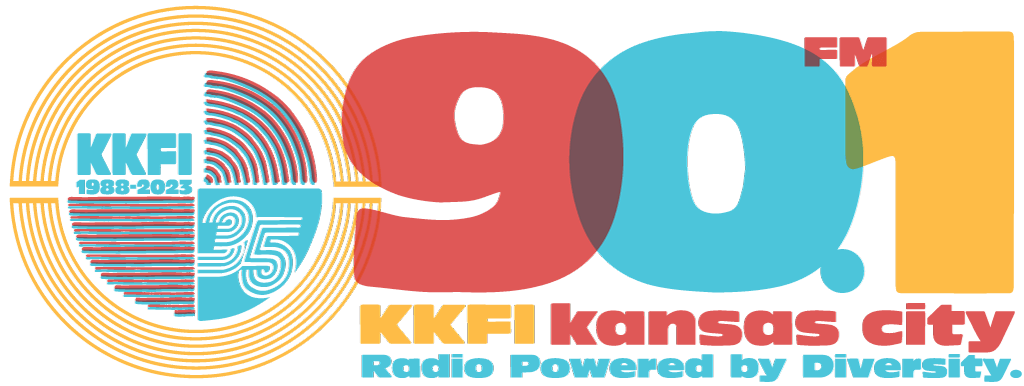Local historian and social anthropologist, Sonny Gibson, talks about the Kansas City of legendary jazz/blues/bebop saxophonist, Charlie “Yardbird” Parker.
Host and producer Donna Morrow Wolfe
Kansas City and the world recently honored and celebrated the life and rich cultural legacy of the music of Charlie Parker. Charlie Parker was a legendary Grammy Award–winning jazz saxophonist who, with Dizzy Gillespie, invented the musical style called bop or bebop.
“Don’t play the saxophone. Let it play you.”
—Charlie Parker
Charlie Parker was born on August 29, 1920, in Kansas City, Kansas. From 1935 to 1939, he played the Missouri nightclub scene with local jazz and blues bands. In 1945 he led his own group while performing with Dizzy Gillespie on the side. Together they invented bebop. In 1949, Parker made his European debut, giving his last performance several years later. He died a week later on March 12, 1955, in New York City.
BRIAN BURNES on Sonny Gibson
The Kansas City Star
November 2014
There are almost 500 pages in the new book, “1865: Kansas City Early Negro History,” and just about every one of them contains a timely announcement.
▪ Paul Laurence Dunbar, the celebrated poet, will read from his work on Nov. 14, 1902, at Second Baptist Church, 10th and Charlotte streets.
▪ Theodore Smith is the first African-American in the country to operate three pharmacies. His third location has opened at 1301 E. 18th St.
▪ J.A. Wilson, Kansas City’s pioneer African-American jeweler, is receiving customers at 1616 W. Ninth St.
These notices, found by historian Sonny Gibson in the archived pages Kansas City’s African-American press, represent unearthed artifacts of what Gibson calls cultural archaeology.
Reliable accounts of Kansas City’s black community, he said, routinely cannot be found in traditional sources of history. Accordingly, Gibson has dug out and collected scattered announcements, articles and advertisements. These “found artifacts,” Gibson writes, “carry their own forceful truth.”
But that was just his first step.
The second was how Gibson arranged these items in largely chronological order and then insisted they be reproduced in his book as he first encountered them. In this way readers process these items — with archaic headline fonts, as well as wrinkles, tears or water stains — unfiltered and with a minimum of context.
This, Gibson, said, allows readers to know a reasonable facsimile of the experience their counterparts knew maybe 100 years ago.
Gibson said he has seen several historians come to Kansas City, study such archival materials and then refine the raw data through their own sensibilities.
“Well, a lot of things have changed since 1865 or 1900,” Gibson said. “We don’t have the same values of those people who were living during those times, so I wanted these things to reflect the perceptions of those people.”
Sometimes the names of the newspapers remain visible on the advertisements, such as the Rising Son and the Kansas City Sun, competing African-American papers from the early 20th century.
Some printers approached by Gibson insisted on clearing up the materials for publication. Gibson declined.
“I told them that I wanted everything to look as old as it really is,” he said.
Gibson will appear at 6:30 p.m. Tuesday at the Kansas City Public Library’s Central Library, 14 W. 10th St. For more infomation, go to kclibrary.org.



